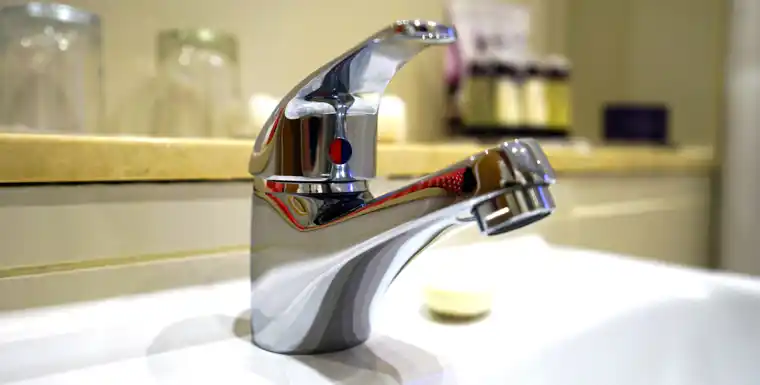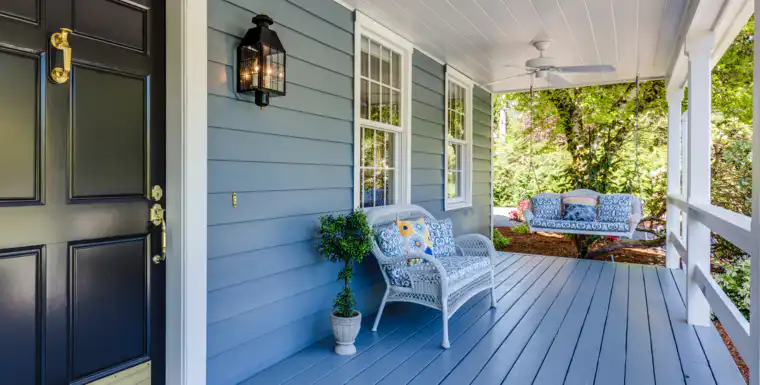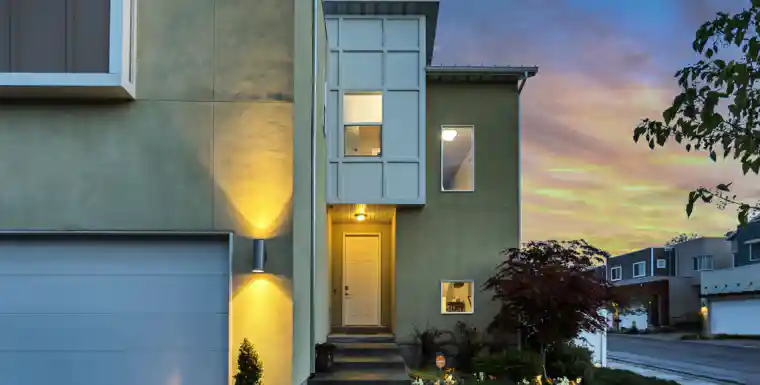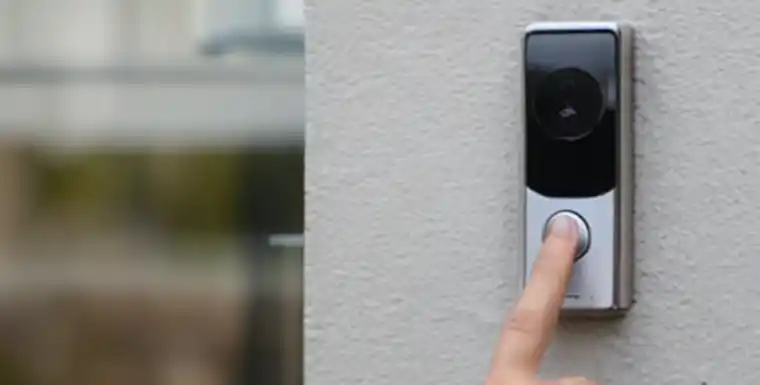In an era of increasing water scarcity, it’s only smart to stay ahead of the curve. With some states already imposing water restrictions, now is the time to ask ourselves, “Are we ready?” The answer lies right in your home, and more specifically, in your bathroom. By selecting water-efficient bathroom fixtures, you can substantially cut back on water consumption, elevate your bathroom’s aesthetic appeal, and even increase your property value. A win-win scenario, isn’t it? Let’s dive into how you can make this happen.

Quick Links
Staying Ahead with Water-Efficient Fixtures
Water restrictions? Yes, they are a reality in many regions, with more likely to follow suit. These restrictions could impact various household activities, from watering lawns and washing cars to the duration of your showers. Now, you might be wondering, “How significant of a difference can I make?” Let’s put it this way – your bathroom can be your secret weapon in staying ahead of these restrictions, while also reducing your water bills. By proactively opting for water-efficient bathroom fixtures, you’re not just adapting to the evolving landscape, but you’re also setting yourself up for a future of sustainable living.
In the following sections, we’ll explore various ways you can transform your bathroom into a water-efficient space. So, are you ready to future-proof your home?
Conserve and Save: The Role of Bathroom Fixtures
The path to water conservation isn’t necessarily paved with sacrifices. You won’t have to cut your showers short or let small leaks slide. Rather, it begins with smart choices, particularly when it comes to your bathroom fixtures. Traditional fixtures can be major water guzzlers, whereas their water-efficient counterparts are designed to significantly reduce water usage without compromising on performance. For instance, a typical water-saving showerhead uses only 2 gallons of water per minute compared to the 5 gallons used by a traditional one. That’s a 60% reduction in water use! Now that’s smart living.
Complete Guide: Installing a Water-Efficient Bathroom Faucet

Upgrading your bathroom faucet is a task that’s easier than you might think, and it doesn’t require an arsenal of tools. Here’s a detailed step-by-step:
Tools You’ll Need
- Adjustable wrench
- Plumber’s tape
- Plumber’s putty
- Bucket and rags
- New water-efficient faucet
Steps to Install Your New Faucet
- Shut off the water supply: This is crucial. The shut-off valves are usually located under the sink. Turn them clockwise to close.
- Remove your old faucet: Place a bucket under the sink to catch any residual water. Use your adjustable wrench to disconnect the water supply lines from the valves. Then, remove the nuts that hold the faucet to the sink. Lift out the old faucet.
- Clean the sink area: Wipe down the sink area where the old faucet sat to ensure a clean surface for the new faucet installation.
- Position the new faucet: Follow the manufacturer’s instructions for applying plumber’s putty or gaskets, and then insert the faucet through the holes in your sink.
- Secure the faucet in place: From beneath the sink, install the washers and nuts onto the faucet shanks. Ensure they’re tight but avoid overtightening, which could damage the faucet or sink.
- Attach the water supply lines: Apply plumber’s tape to the threads of your faucet shanks for a watertight seal. Connect the water supply lines. Remember: hot water goes on the left, and cold water goes on the right.
- Test your installation: Slowly turn on the water supply valves, check for any leaks around the faucet base and under the sink. Run your new faucet to check its operation.
Common Mistakes to Avoid
- Not turning off the water: This is the most common mistake. Always turn off the water supply to avoid a potential flood.
- Overtightening fittings and nuts: This can lead to stripped screws or damaged materials. Tighten until secure, but avoid using excessive force.
- Forgetting the plumber’s tape: This tape helps ensure a watertight seal on your connections. Don’t skip this step!
- Ignoring the manufacturer’s instructions: Your faucet may have specific installation steps. Always refer to the provided manual to ensure proper installation.
Remember, if you’re unsure or uncomfortable at any point during the installation, it’s wise to call a professional plumber. It’s better to invest in professional help than risk potential water damage from a poorly installed faucet.
Water-Saving Showerheads
If you’re like most people, the thought of a low-flow showerhead might conjure images of a weak, unsatisfying shower. But fret not! Modern water-saving showerheads are designed to give you the best of both worlds: a gratifying shower experience while conserving precious water resources.
These showerheads use a variety of methods to maintain water pressure while reducing overall water usage. Some models introduce air into the water stream, creating a high-pressure mist. Others control the size and speed of the water droplets for a more efficient spray. Still others use a pulsating pattern to ensure water coverage is thorough yet water-conserving.
Installing a water-saving showerhead is incredibly easy and requires no special tools. You simply unscrew your old showerhead and replace it with the new one. It’s a quick, DIY job that offers significant benefits. Not only will you conserve water, but you’ll also find that modern water-saving showerheads offer a wide variety of spray options, from a gentle mist to a high-pressure pulse, allowing you to customize your shower experience.
Other Smart Choices: Water-Saving Bathroom Fixtures
To truly future-proof your bathroom, consider these other water-saving fixtures:
- Dual-flush toilets: These offer a less water-intensive flush option for liquid waste.
- Low-flow sink aerators: These can reduce the water flow from your faucets without reducing pressure.
The Payoff: Water Savings and Beyond
Making the switch to water-efficient fixtures isn’t just about reducing your water usage—it’s about optimizing your home’s resources. By saving water, you’re also saving on your water bill. Consider this: by merely switching to a water-saving showerhead, you could save over 43,800 gallons of water a year, translating to typical yearly savings of over $65. And that’s just from your shower! Factor in savings from a water-efficient faucet or dual-flush toilet, and you’ll see why these smart choices make financial sense.
Final Thoughts
Staying ahead of the curve is about foresight, adaptation, and smart decisions. By upgrading to water-saving bathroom fixtures, you’re not just prepared for potential water restrictions—you’re also making a smart investment in your home. So, are you ready to be a trendsetter in water conservation? Remember, “The future belongs to those who prepare for it today.”





